Trucking companies expect tire manufacturers to help them do their job safely even as they lower the total cost of ownership through fuel savings obtained by reducing rolling resistance and increasing tire longevity thanks to its “multi-life” strategy. A new offering for tractor-trailer rigs is now available at Michelin. It comprises 315/80 R 22.5-size tires for drive axles (D) and all positions (Z), as well as 385/65 R 22.5 tires for trailers.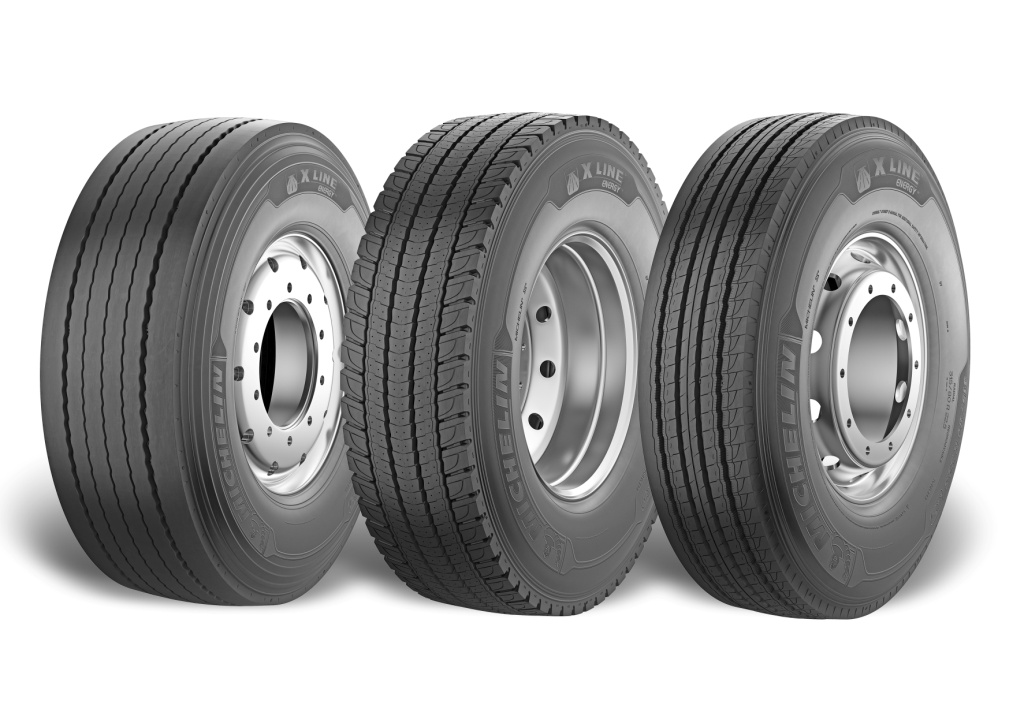
The new sizes extend the ranges of 315/70 R 22.5 and 385/55 R 22.5 tires brought to market in early 2013. By expanding its lineup, Michelin is making the benefits of the Michelin X Line Energy range available to more trucks types. The 315/80 R 22.5 and 385/65 R 22.5- size tires are also important in the replacement market, where the standard tractor-trailer rig is still strongly represented, as well as in certain regions like Southern Europe where rigs are still in the majority.
Objective to generate real cost savings
Several test procedures have enabled Michelin to confirm that the Michelin X Line Energy 80 and 65 series reduce fuel consumption by an average of 0.4 liters per 100 km on average over the tire’s initial life cycle and up to 0.7 liters when the tire is new, compared with the same-size previous-generation tires.
Equally strict procedures applied this time by TÜV Automotive Sud, an independent certification organization, showed that when compared with other premium-brand truck tires, the Michelin X Line Energy 70 and 55 series tires generated fuel savings of up to 1.84 liters per 100 km (7.9%) versus the least fuel-efficient competitor, and 1.2 liters per 100 km (5.2%) compared with the average of its four main rivals.
For operators, however, the gain in total cost of ownership extends beyond fuel-savings. Compared with same-size tires in the previous-generation Michelin X Energy SaverGreen lineup, the new Michelin X Line Energy 80 and 65 series tires last up to 5% longer for drive axle tires and 14% for tractor tires. These total cost of ownership gains are crucial at a time when a trucking company’s fuel budget is higher than the budget for driver salaries. Truckers’ profits have reached a critical point in a number of situations, to the extent that 25% of freight companies could be in danger by 2015.
Michelin X Line Energy tire performances
The new lineup of Michelin X Line Energy 80 and 65 series tires provide truckers with the following performances:
- Safety and mobility. The Michelin X Line Energy D has obtained Three Peak Snow Flake Mountain (3PMSF) certification, attesting to its ability to deliver traction on snow-covered surfaces.
- Fuel savings. B ranking (in the European tire labeling system) in rolling resistance for the 315/80 R 22.5 tire and an A ranking for the 385/65 R 22.5 tire.
- Environmental noise performance. With 69 decibels for the 315/80 R 22.5 tire and 70 decibels for the 385/65 R 22.5 tire, the Michelin X Line Energy has been awarded a single wave according to the European tire labeling criteria. The new Michelin X Line Energy tire is manufactured in Michelin plants in Europe, all of which have been certified ISO 14001.
- Profitability. The Michelin X Line Energy can be retreaded and regrooved.
The Michelin X Line Energy tire technology
The Michelin X Line Energy 80 and 65 series integrate a range of innovative MICHELIN Durable Technologies featured in the initial 70 and 55 series tires in the tractor-trailer rig offering. These include:
- A new-generation Energy Flex 2 casing that reduces fuel consumption over the tire’s full life by limiting heat build-up due to the repeated flexing of the tire when in use, in Z and D positions.
- A five-rib tread design for improved grip in Z and D positions.
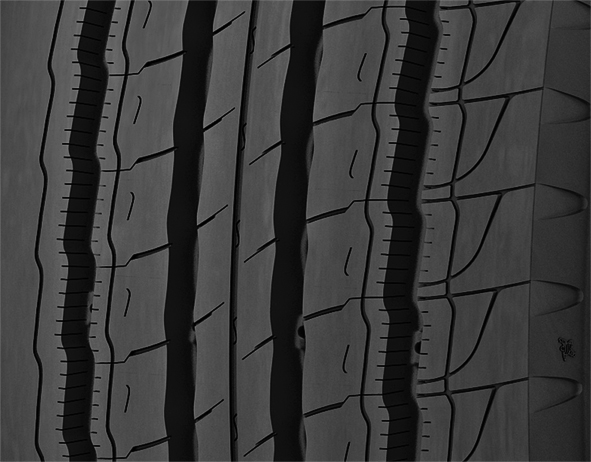
- A wider tread on the shoulder for better longevity and braking performance.
- Shoulder grooves for better traction.
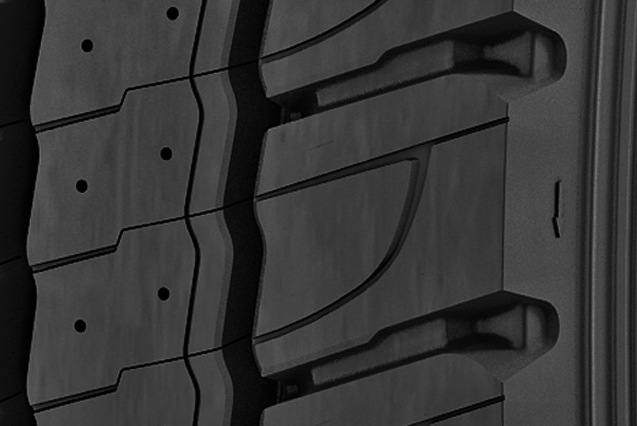
- The Tower Pump sipe, which improves grip and tear-resistance in extreme conditions of use.
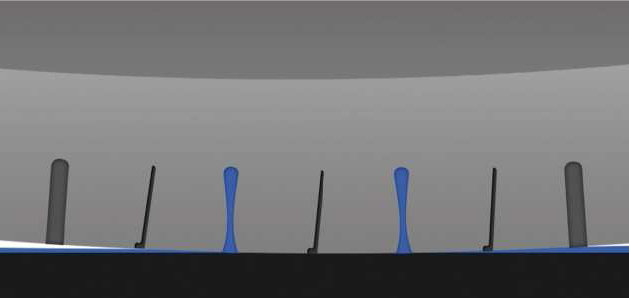
- The Delta sipe, which reduces braking distances on dry surfaces and improves road-holding when cornering on low-adherence pavement while also increasing drive-axle grip.
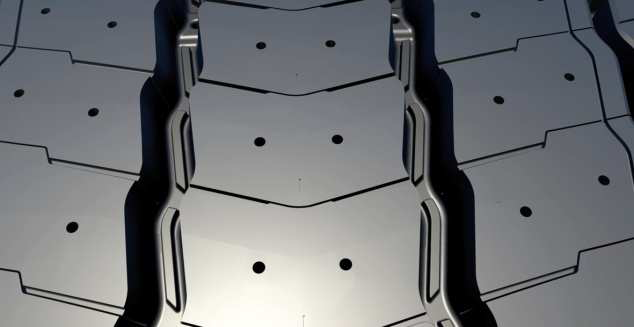
Source: Michelin
Romain’s opinion:
Designing a truck tire must be very challenging from an engineering point of view. The design criteria are numerous and their prioritization is tricky. Where do you think the focus should be put? Wear, fuel consumption, safety?




















